Elena Ferrante’s In the Margins: On the Pleasures of Reading and Writing
August 9, 2022
Sort of/Kind of
Ferrante’s book, In the Margins: On the Pleasures of Reading and Writing, (Amazon link) was front and center at my library’s checkout. It wasn’t the red-type font that got me. It was her name, Elena Ferrante, in bold white type font.

I already read The Lost Daughter.
I read through about 2/3 of In the Margins. I was interested in her writing process. She talked about staying within a lane bound by a male-dominated world and the move to break from those boundaries – societal, cultural, and internal. Usually, when I read, I am within inches of my laptop ready to take quotes down.
But I read this book when sitting in violin lessons or waiting for one kid to be picked up, trying to find myself to get back into the momentum of reading.
Quotes
“At the time I also considered myself a lowly, abject woman. I was afraid, as I said, that it was precisely the female nature that kept me from bringing the pen as close as possible to the pain I wanted to express. For a woman who has something to say, does it really take a miracle – I said to myself – dissolve the margins within which nature has enclosed her and show herself in her own words to the world?” (26-27)
Ferrante talks about how Gaspara Stampa was a female poet “doing something completely new: she didn’t confine herself to utilizing the great cliché’ of male poetic culture.” (27)
CliffNotes Version
So when I tried to get back into the book, I lost my page and my momentum to continue. Thus, I decided to read a book review.
New York Times article – “‘In the Margins’ Offers a Path into Elena Ferrante’s Mind”
I found it quite interesting that the reviewer compares Ferrante’s writing process juxtaposed to Joan Didion‘s process:
“In her theory of writing, Ferrante stands opposed to someone like Joan Didion. Didion famously insisted that she wrote in order to find out what she thought. (“Had I been blessed with even limited access to my own mind there would have been no reason to write.”) In Ferrante’s case, the act is a flawed transcription of what she calls “the brain wave.” For Didion, everything was gained in the voyage from mind to pen; for Ferrante, much goes missing.”
Reading Ferrante’s process felt like an insight to think about my process.
I am focused on “straight” image-making, as I have heard others say in my photo critiques. I try to stay within my lane of photography, but there are thoughts of making an image that is so much out of the comfort zone that I have yet to make the image. The images stay hidden in my notebook and my mind.
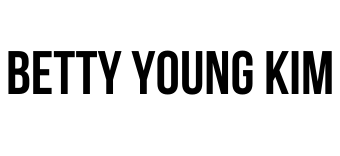
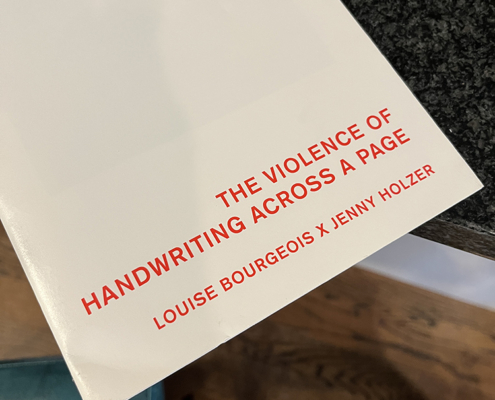
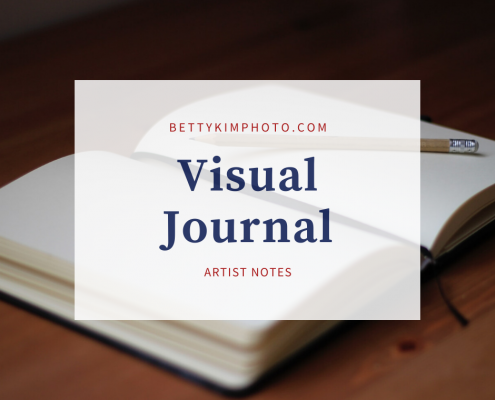


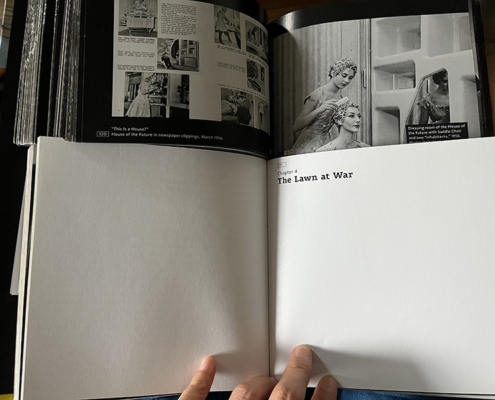

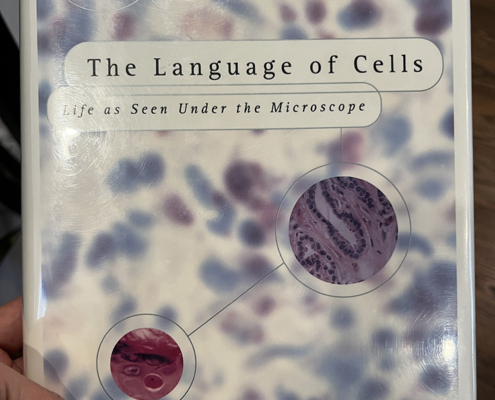


Leave a Reply
Want to join the discussion?Feel free to contribute!